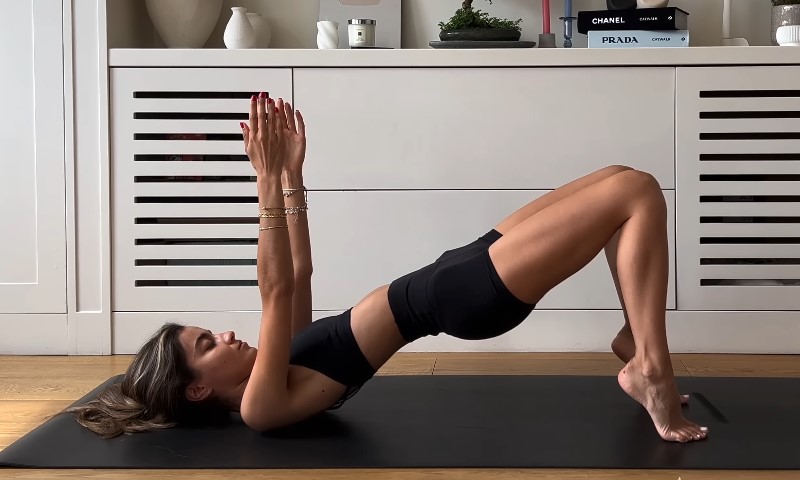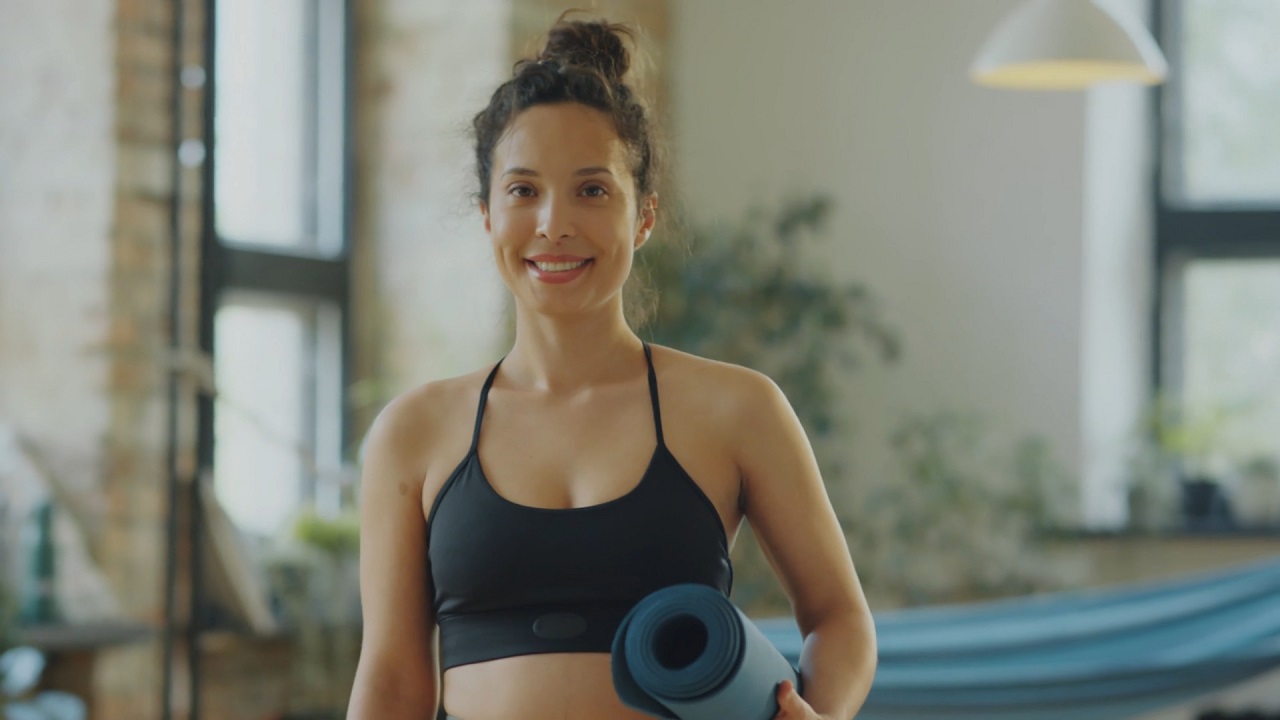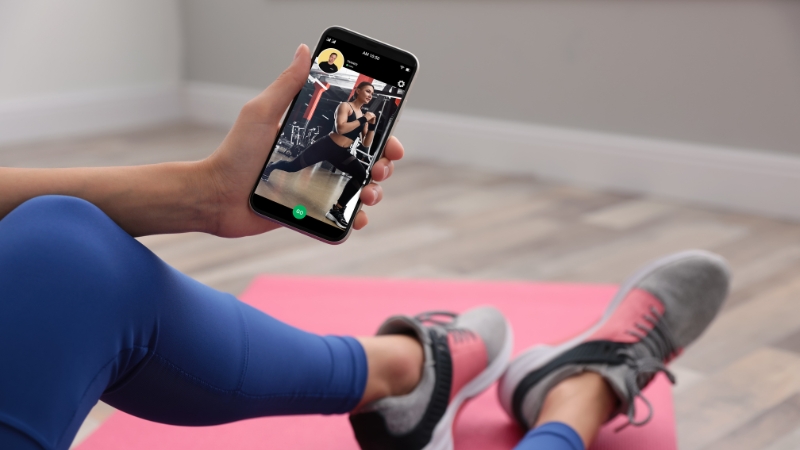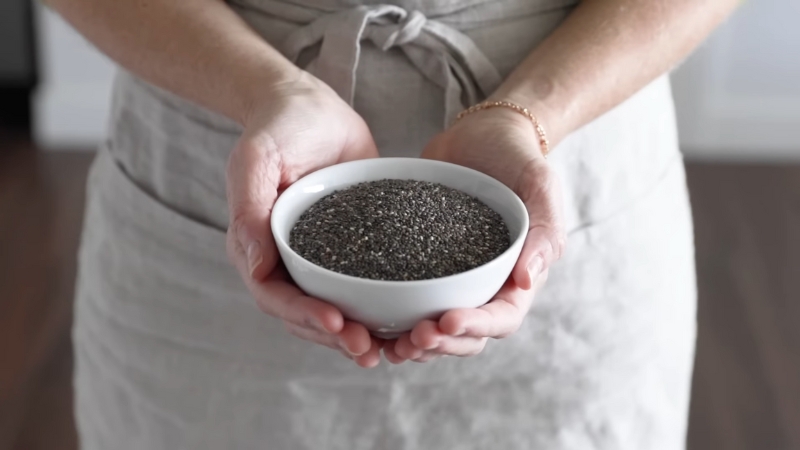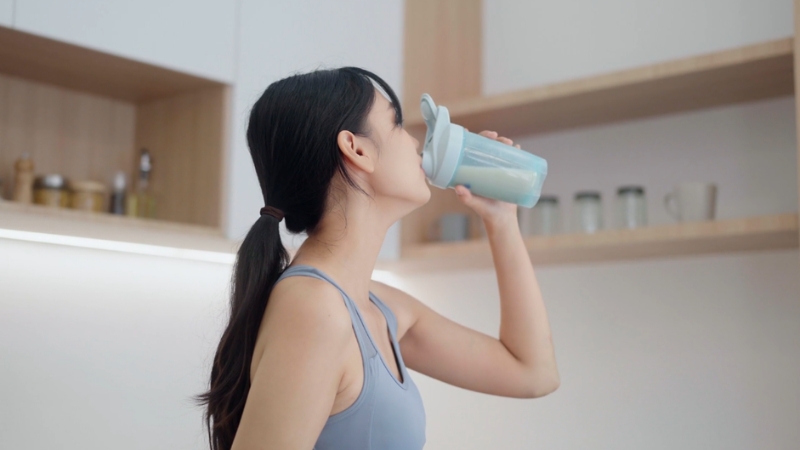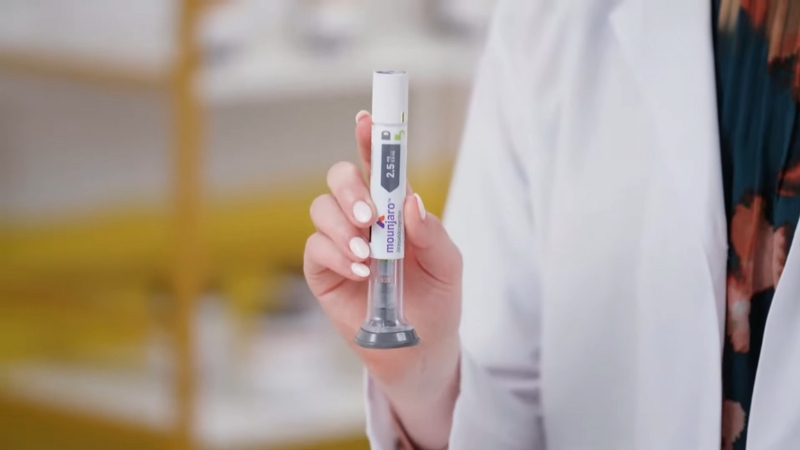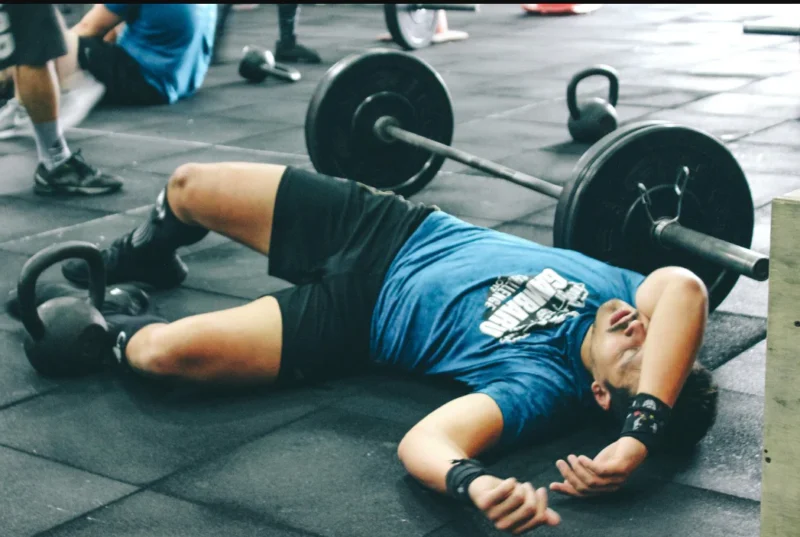
Share Post:
Recovery plays a vital role in enhancing performance, building strength, and preventing long-term setbacks.
Intense training without adequate rest can lead to fatigue, nagging soreness, or even injury.
Taking recovery seriously helps maintain consistent progress and minimizes downtime due to burnout or overtraining.
Table of Contents
ToggleImmediate Post-Workout Recovery (0–60 Minutes After Workout)

Those first 60 minutes after a workout are critical for kickstarting the repair process.
Muscles are fatigued, glycogen levels are depleted, and the nervous system has taken a hit.
Skipping recovery steps during this window can sabotage performance gains, increase soreness, and leave the body in a prolonged state of stress.
Every decision made during this period, hydration, food, cooling down, either promotes healing or delays it.
1. Cool Down & Stretching
Ending a workout abruptly can leave the heart pounding, blood pooling in the extremities, and muscles feeling tight. A proper cool-down acts as a transition phase, gradually bringing the body back to a resting state.
It also sets the stage for recovery by enhancing circulation and flushing out metabolic waste.
Include the following during your cool-down phase:
- 5–10 minutes of light aerobic movement (e.g., walking, slow cycling)
- Static stretching for major muscle groups (hold each stretch for 20–30 seconds)
- Foam rolling targeted areas to relieve muscle knots and enhance mobility
Static stretching paired with deep, controlled breathing also promotes relaxation, easing tension that often builds during intense training. Foam rolling helps reduce fascia tightness, prevents adhesions, and can improve range of motion over time.
These tools may seem minor, but they significantly impact how your body feels during the next workout.
2. Hydration
Water loss through sweat can leave the body drained, both physically and mentally. Hydration doesn’t stop once the workout ends—it continues as a crucial part of the recovery process.
Every cell, especially muscle fibers, needs adequate fluid to repair and function properly.
For effective hydration:
- Drink 500ml of water 2–3 hours before your workout
- Consume around 250ml every 30 minutes during training
- After the workout, drink water or a low-sugar electrolyte beverage
Post-training, reach for fluids immediately, especially if you’ve exercised in hot conditions or done prolonged cardio.
Staying hydrated supports joint lubrication, nutrient transport, and temperature regulation—all of which speed up the recovery timeline.
3. Electrolyte Replenishment
Sweating doesn’t just deplete water, it drains key electrolytes essential for muscle contraction and nerve communication.
Without replenishment, performance can suffer, and cramps or fatigue may set in quickly.
Snack options to replenish electrolytes include:
- Bananas (high in potassium)
- Oranges or citrus fruits (potassium and vitamin C)
- Raisins (natural sugars and potassium)
- Mixed nuts (magnesium and sodium)
- Sports drinks (for quick replacement of sodium and other minerals)
Focus on whole foods when possible, and use sports drinks strategically—especially after long endurance sessions or workouts that trigger heavy sweating.
4. Post-Workout Nutrition

Protein repairs muscle damage, while carbs replenish the fuel burned during intense sessions.
Timing matters just as much as quality.
Aim for a post-workout meal or snack that includes:
- Protein (at least 20g): chicken, eggs, protein shakes, Greek yogurt
- Carbohydrates: brown rice, oatmeal, whole grain bread, fruits like berries or bananas
- Fast timing: consume your meal within 60 minutes, ideally within 20
A quick protein shake with fruit, a turkey sandwich, or a bowl of oats with whey protein are all practical options.
Feeding your body promptly ensures the recovery process kicks off when your muscles are most receptive.
Active Recovery & Rest Days
Taking a day off doesn’t have to mean staying glued to the couch. Active recovery offers a strategic way to help the body heal while keeping momentum going.
Rest days filled with light, deliberate activity can accelerate healing, reduce discomfort, and boost long-term results.
Recovery practices during off days make training sustainable, especially after high-intensity workouts.
Here’s a closer look at how to make the most of rest days, including several bullet-pointed tips for quick reference.
1. Light Physical Activity
Resting muscles doesn’t mean shutting down completely. Gentle movement helps stimulate circulation, clear metabolic waste, and loosen tight muscles. Low-impact activity can significantly reduce next-day soreness while keeping energy levels stable.
Performing 20–30 minutes of light movement the day after a tough workout can reduce stiffness and help keep routines consistent.
Common active recovery options include:
- Walking – brisk or casual pace to get the blood flowing
- Swimming – full-body engagement with minimal joint stress
- Cycling – light pedaling for improved leg circulation
- Yoga – encourages flexibility and relaxation without overload
Each of these can be adjusted in intensity and time, depending on soreness levels and individual preference. No pressure to perform — just move.
2. Contrast Therapy or Baths
Water-based recovery methods offer effective ways to calm the nervous system and reduce muscle discomfort.
Thermal treatments help balance inflammation and improve circulation. Hot water relaxes tight muscle fibers and boosts blood flow, while cold water constricts blood vessels and reduces swelling.
Alternating temperatures — known as contrast therapy — creates a pumping effect that moves waste products out of tissue and brings fresh oxygen in.
Suggested method for contrast baths:
- Hot water immersion (3–4 minutes)
- Cold water immersion (1–2 minutes)
- Repeat for 3–4 cycles
Benefits of contrast therapy may include:
- Faster muscle recovery
- Reduction in post-exercise stiffness
- Relief for swollen or tender joints
Some prefer hot showers followed by brief cold exposure, which can work as a more accessible option at home.
3. Massage & Compression

Manual massage stimulates blood flow and breaks up tight spots caused by repetitive movements or intense lifting. Recovery-focused massages don’t need to be aggressive to be effective.
Even a light session or self-massage using a massage gun or roller can bring noticeable relief.
Compression wear provides gentle pressure around the muscles, supporting circulation and potentially reducing swelling.
When used post-exercise, compression gear may assist with:
- Reducing delayed onset muscle soreness (DOMS)
- Improving venous return
- Lowering muscle vibration during movement
Neither massage nor compression is a substitute for proper nutrition or sleep, but both add an edge for those training regularly. Small tools and garments can be powerful when used with consistency.
Sleep and Hormonal Recovery
Recovery isn’t complete without proper rest, and no supplement or recovery shake can replace the power of high-quality sleep. After intense physical activity, the body turns its attention to repairing tissues, balancing hormones, and restoring energy stores. Sleep plays a central role in this process.
Long-term progress depends heavily on sleep consistency, both in duration and quality.
Growth happens during rest, not during reps. Muscles don’t rebuild while lifting weights—they do it in the hours that follow, especially during sleep. Hormones such as growth hormone and testosterone are released in greater quantities during deep sleep cycles.
These are critical for muscle recovery, fat metabolism, and overall physical readiness. Missing sleep reduces these hormonal spikes, delaying repair and increasing the chance of overtraining symptoms.
High-level athletes often require more than the average 7 to 9 hours due to the increased physical stress their bodies undergo.
Short naps can also help. A 20–30-minute midday nap supports nervous system recovery and sharpens focus.
It can reduce cortisol levels, improve reaction time, and stabilize mood—important factors for both athletic performance and general well-being.
To break it down, here are key sleep and recovery recommendations:
- Aim for 7–9 hours of sleep per night – Support hormonal balance, muscle repair, and mental clarity.
- Elite athletes may need 9–10 hours – Increased training demands require more recovery time.
- Keep a consistent sleep schedule – Go to bed and wake up at the same time daily to reinforce circadian rhythm.
- Use naps strategically – Short naps (20–30 minutes) can support recovery and improve mood and focus.
- Create a sleep-friendly environment – Cool, dark, quiet rooms help maintain deep sleep. Avoid screens before bed.
- Avoid caffeine late in the day – Stimulants can interfere with falling asleep and reaching deep sleep phases.
Sacrificing rest for extra gym time usually backfires. It can dull performance, weaken motivation, and increase the chance of injury.
The Bottom Line
Recovery must be treated as part of the training, not an afterthought. Skipping it leads to setbacks, plateaus, or injury.
Make it a consistent habit alongside strength and cardio. Prioritize sleep, proper meals, hydration, and active rest days.
Fitness progress is never just about what happens in the gym — it’s also about what happens after.
Related Posts:
- 4 Best Sleep Positions to Help Sore Muscles Recover Faster
- Does Intense Training Increase the Risk of Bell's Palsy?
- 10 Top Supplements for Faster Recovery After Long Runs
- Best Post-Workout Recovery Hacks for Faster Muscle Repair
- Muscle Recovery Explained - What Happens Inside Your…
- 10 Best Ways to Soothe Tired Legs After a Tough Workout




